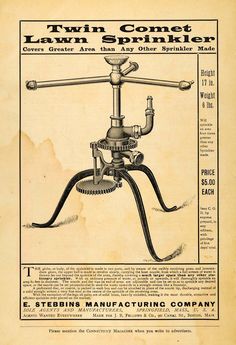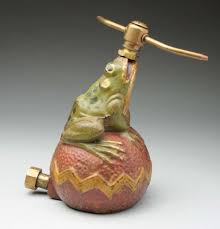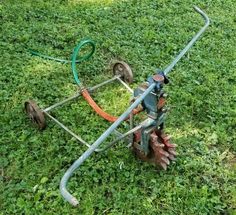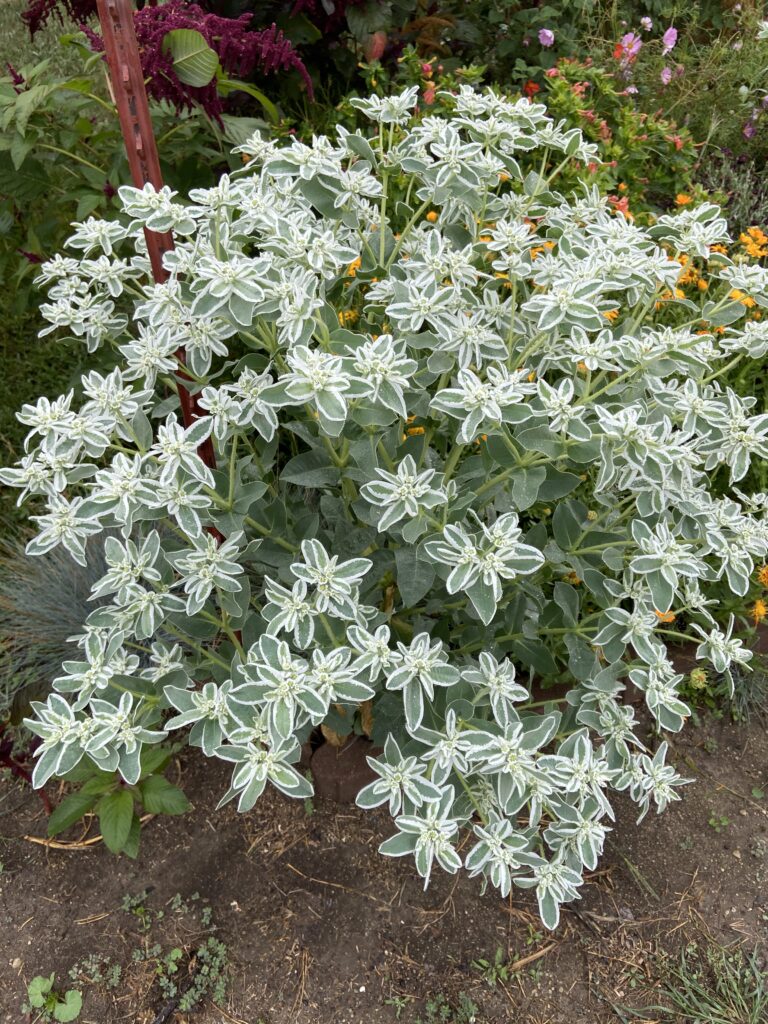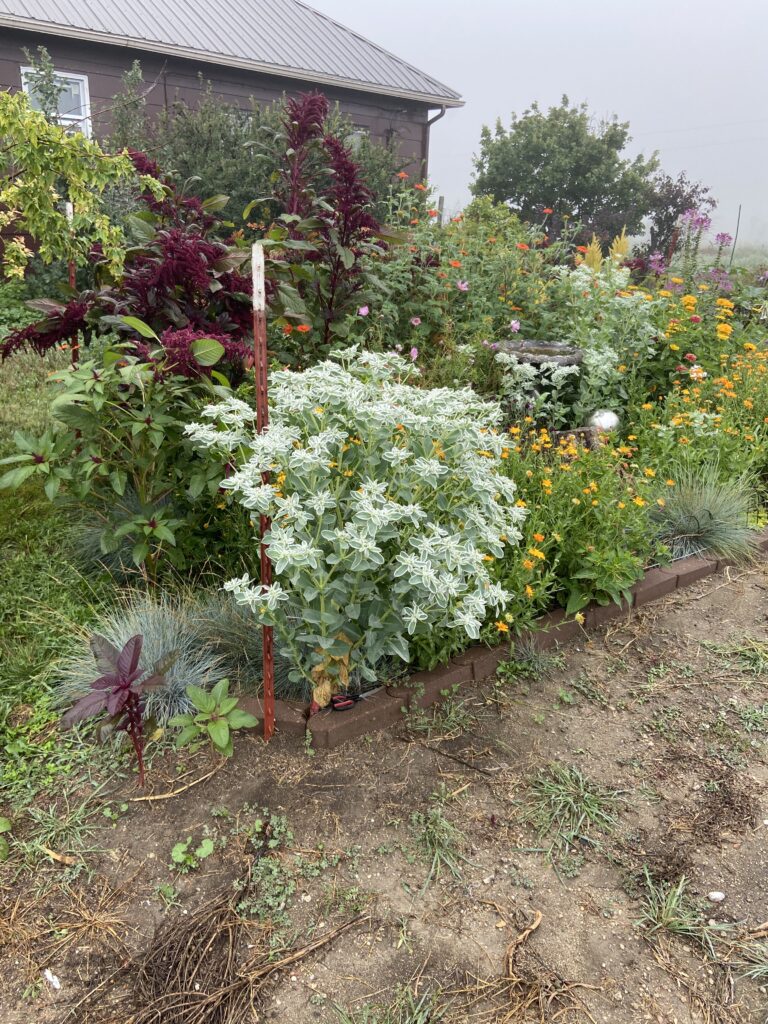Powder mildew is showing up in gardens and flower beds earlier this year. It used to not have been a major problem years ago. As our summers get more humid, this fungus is now common.
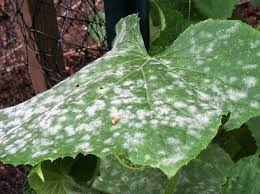
It starts out as a few brown spots on leaves, then you notice a powdery substance on the leaves like talcum powder. This reduces a plant’s growth and fruiting ability. It is spread by the wind and can carry for over a mile. Different types of fungi fall into this category attacking mostly vine crops. I have also seen it on beets, tomatoes, and beans.
A variety of fungicides like Daconil will protect leaves that are not affected giving the plant more time to produce fruit. If you do not want to use chemicals, you can use baking soda (1 Tbs per gallon of water). Another “chemical” which is becoming more popular is Neem oil (follow the directions carefully). This is made from an extract of the Neem tree native to India. Neem oil has been used for a thousand years as an insecticide and anti-fungus treatment. All of these are more of a preventive than a cure.

